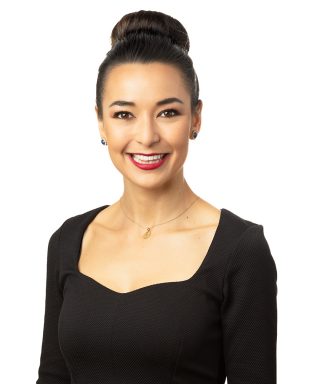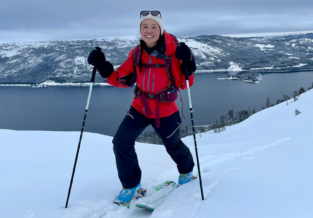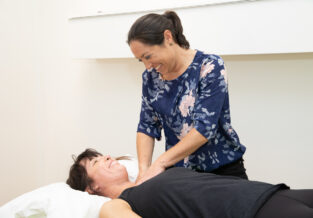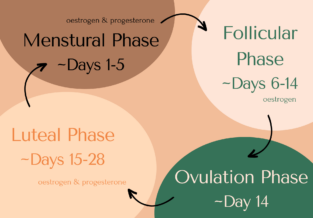Arthritis – Part 2: Osteoarthritis
Published on
28 Jun 2019


Written by
Emma Martel (Lee)
Consultant Physiotherapist
Call us on: (03) 9975 4133
As Emma Lee continues to explain, Osteoarthritis is the most common form of arthritis and is most likely to be the type you are most familiar with.
Osteoarthritis (OA) impacts the end of the bone in a joint (where two bones meet) and can also affect the cartilage, ligaments and muscles in the surrounding area. It is commonly heard of in the hips, knees, spine, and feet. This is because it is more common to have arthritis, or joint degeneration, in our weight bearing joints. Fingers are the other common culprit due to the incredible use they get over our life time.

OA may present with:
- inflammation of the tissues around the joint
- bony spurs (extra pieces of bone growth) around the joint
- small cysts around the joint
- damage to the cartilage of the joint which provides the protective cushioning of a joint
- damage to the ligaments around the joint which provide support and stability to the joint
Exercise for Osteoarthritis:
Research continues to confirm that exercise is one of the most effective ways to manage osteoarthritis. Some forms of exercise will be more helpful and manageable than others, so it is important to chat with your physiotherapist to discuss the most appropriate exercise regime for your symptoms and general health.
Many suffers of Osteoarthritis are concerned about pain.
Pain does not necessarily equal damage, however it is your bodies way of commanding your attention. Sometimes pain can be caused by an unhelpful way we have been moving, or due to muscular weakness or tightness in surrounding tissues around our joint. The good news is that these things can be easily addressed with the help of your physiotherapist. Each person’s body is different and may move or use different muscles for similar activities, therefore our advice and exercise prescription varies from person to person. A customised program is always likely to be more effective than a program you get from the internet for this reason, as we are able to customise and factor in your individual needs when we establish your program.
Then there are questions about medication.
Medications can also be incredibly helpful helpful to reduce your pain levels and can provide you with a window to move and gain the benefits of exercise. Have a chat with your GP to discuss your medication options, especially if your pain is limiting you from moving and exercising completely.
How does a sufferer of OA know how to understand the best exercise and physical activity for the individual?
Pure Physio strive to provide a full assessment of all joint and soft tissue related presentations. We understand that pain and affected function can impact our lifestyle and wellbeing. Emma Lee has a particular interest in complex conditions including those with arthritis as a factor, and our team of Physiotherapists all strive to provide an accurate diagnosis and plan to help with your arthritis. Whether it is a classic osteoarthritis, a rheumatoid related arthritis, or one of the other many types, we are on hand to help advise on exercise and rehabilitation tailored for you.
About the Author
Emma Martel (Lee) — Consultant Physiotherapist
Emma values the importance of listening to her patients to fully understand their symptoms and treatment goals. Through skilled biomechanical analysis of the whole body, her objective lies not only in treating symptoms but identifying the true origin of the problem and working with her patients to prevent future episodes of pain and injury.


